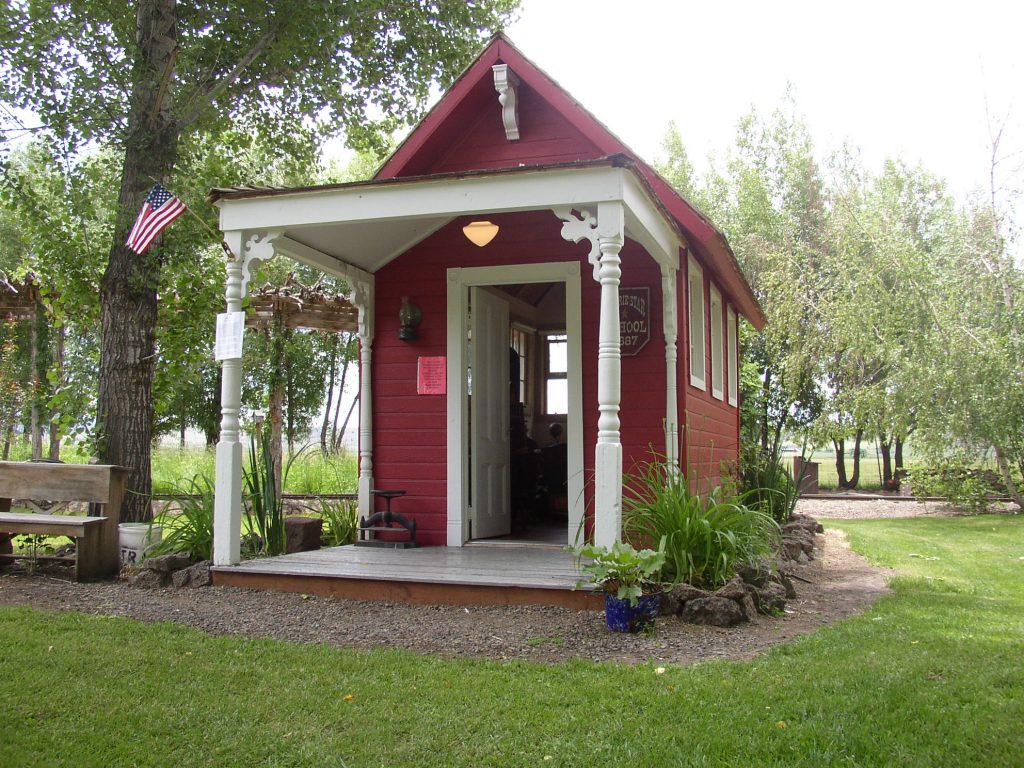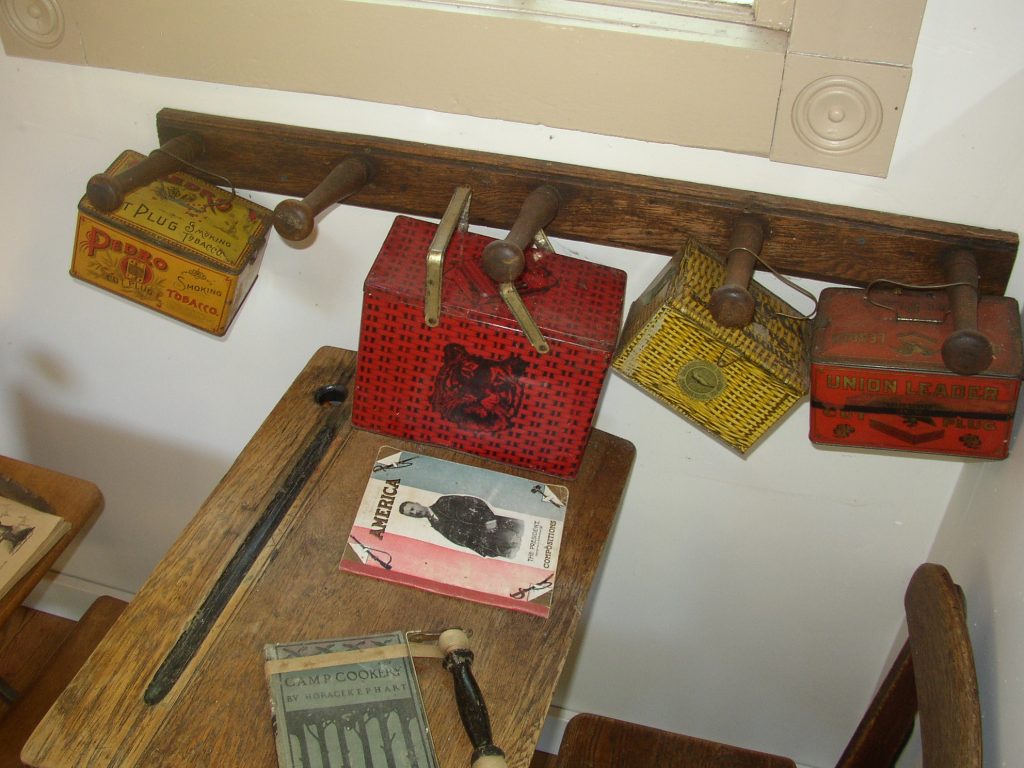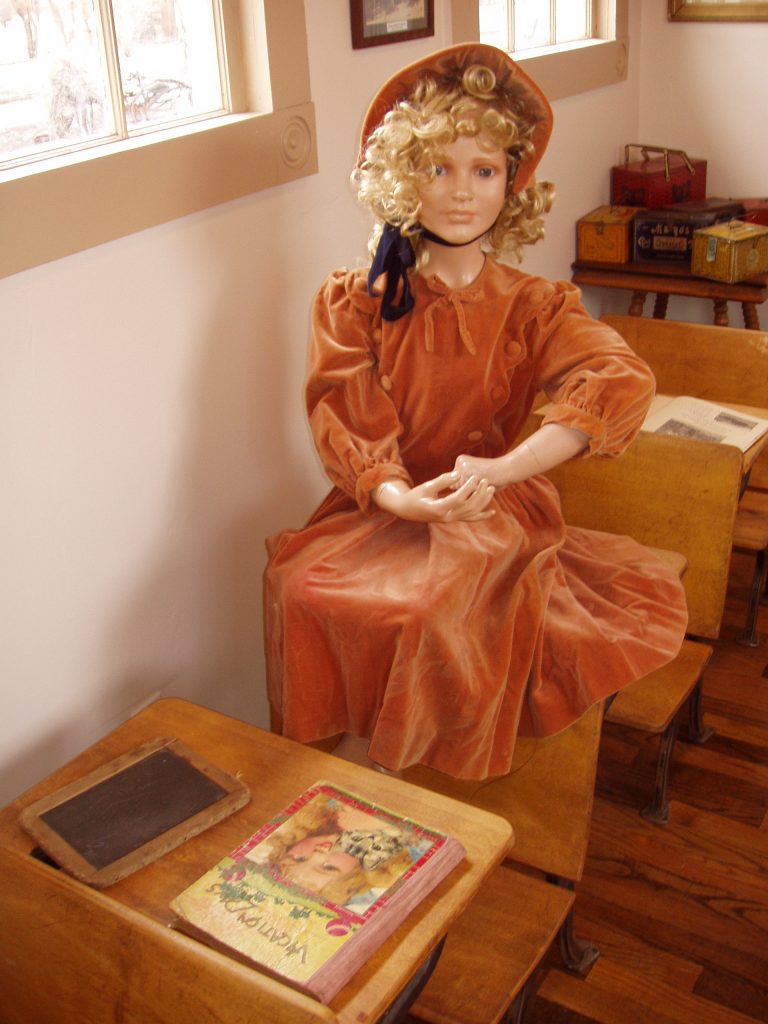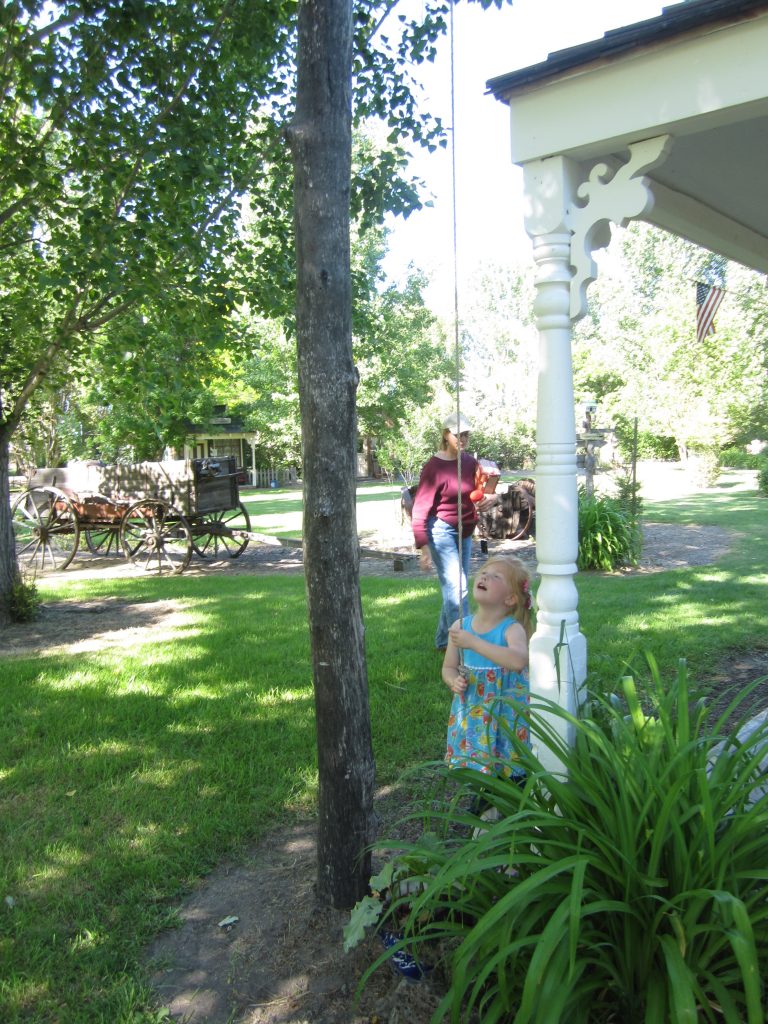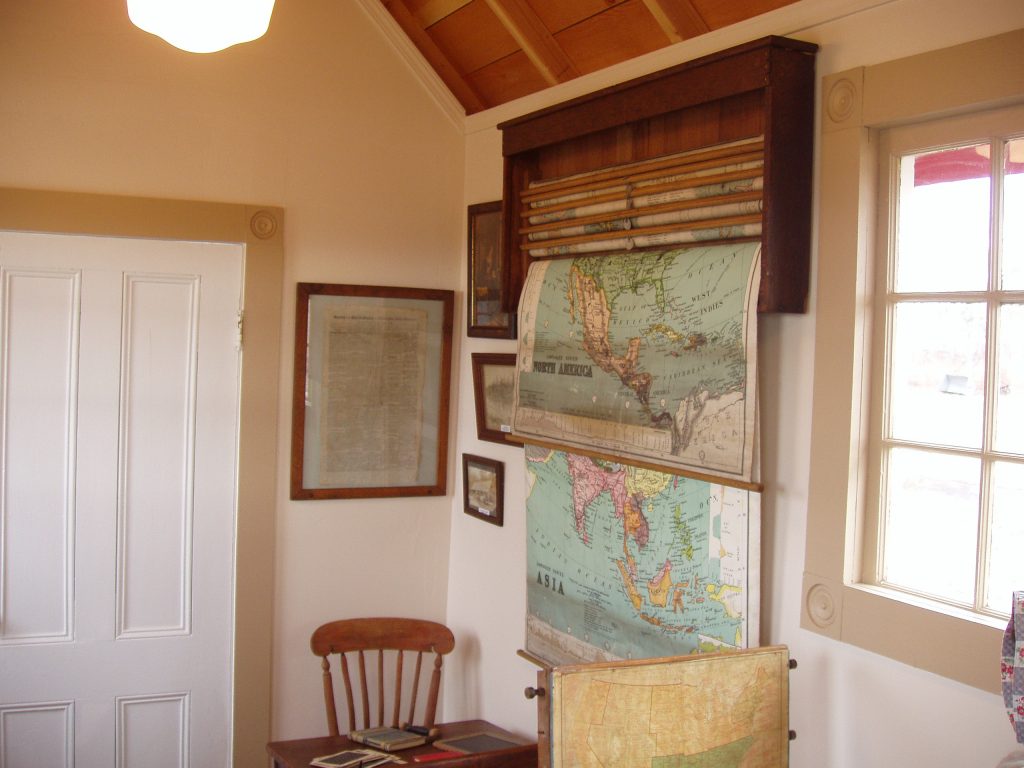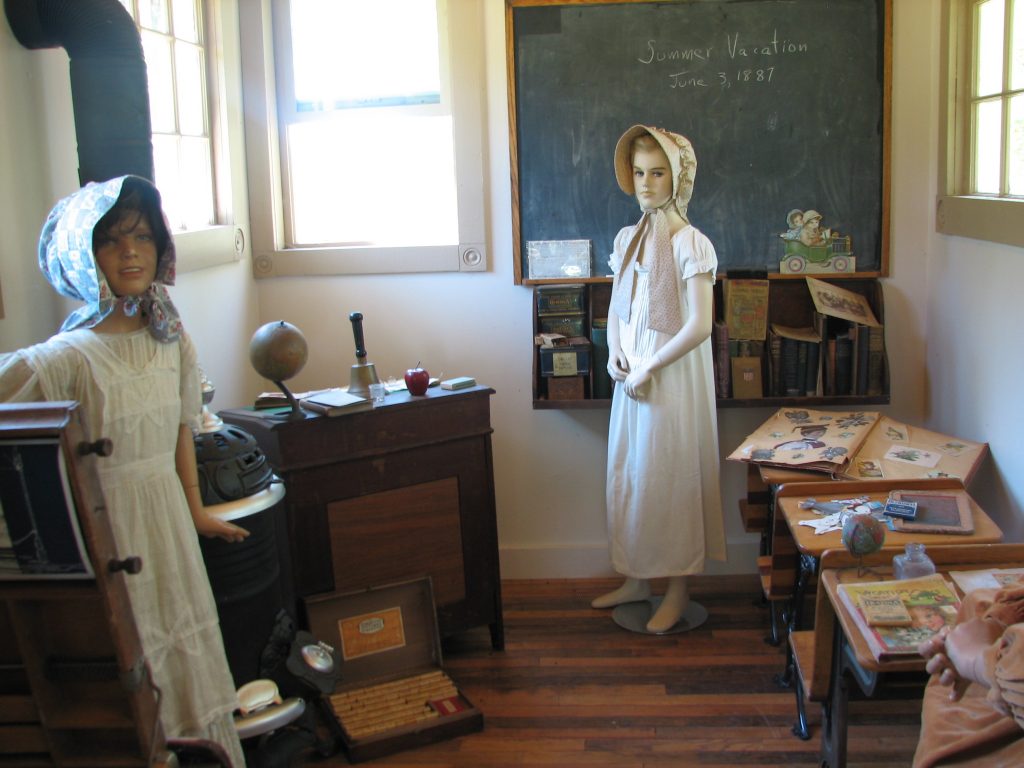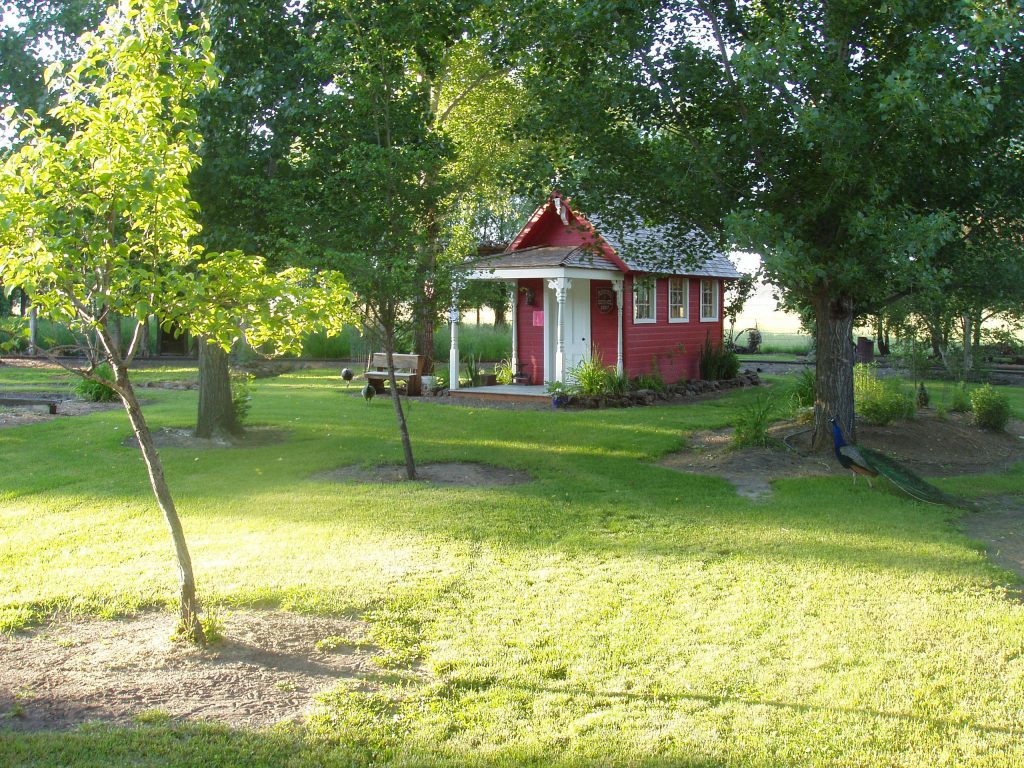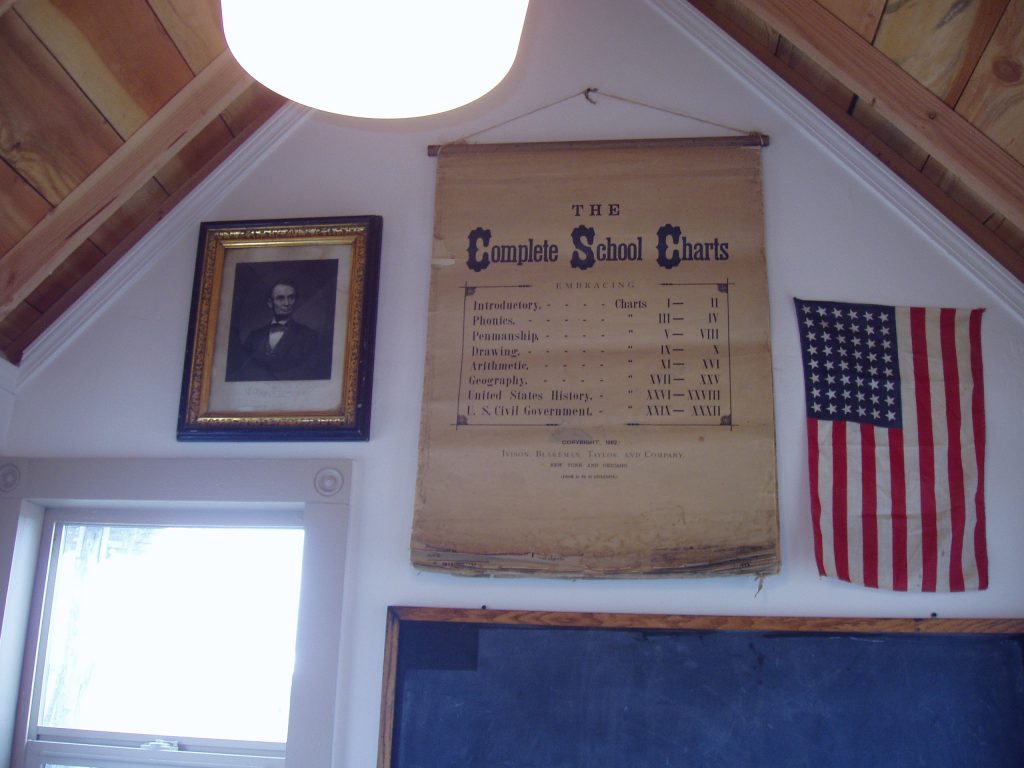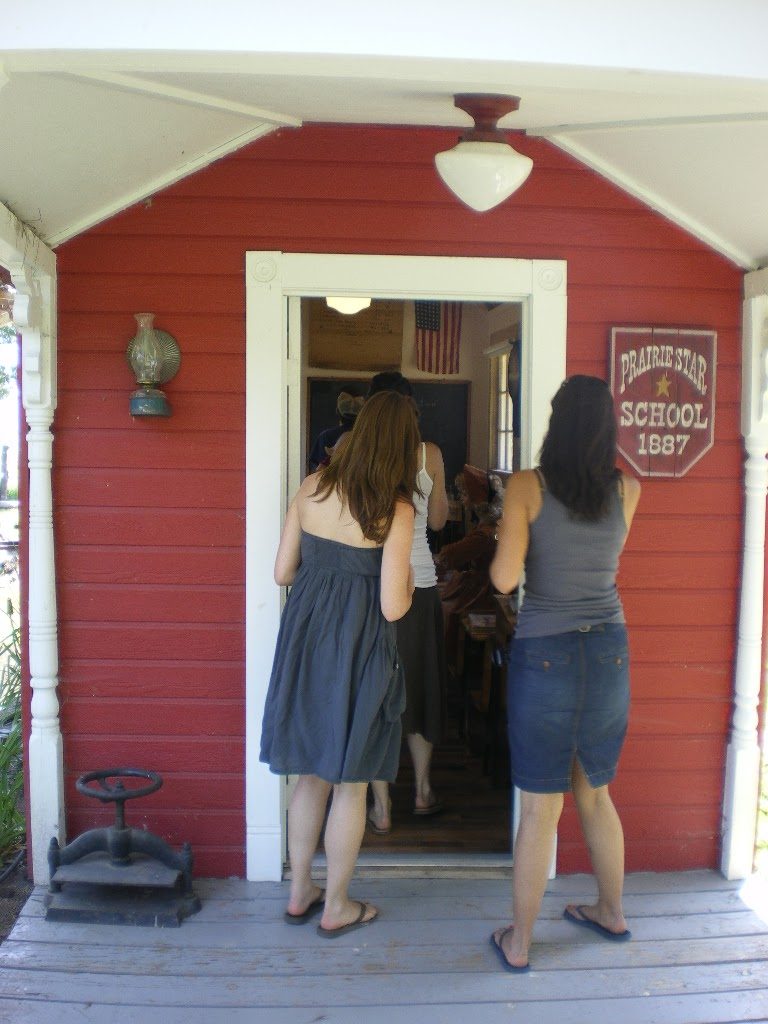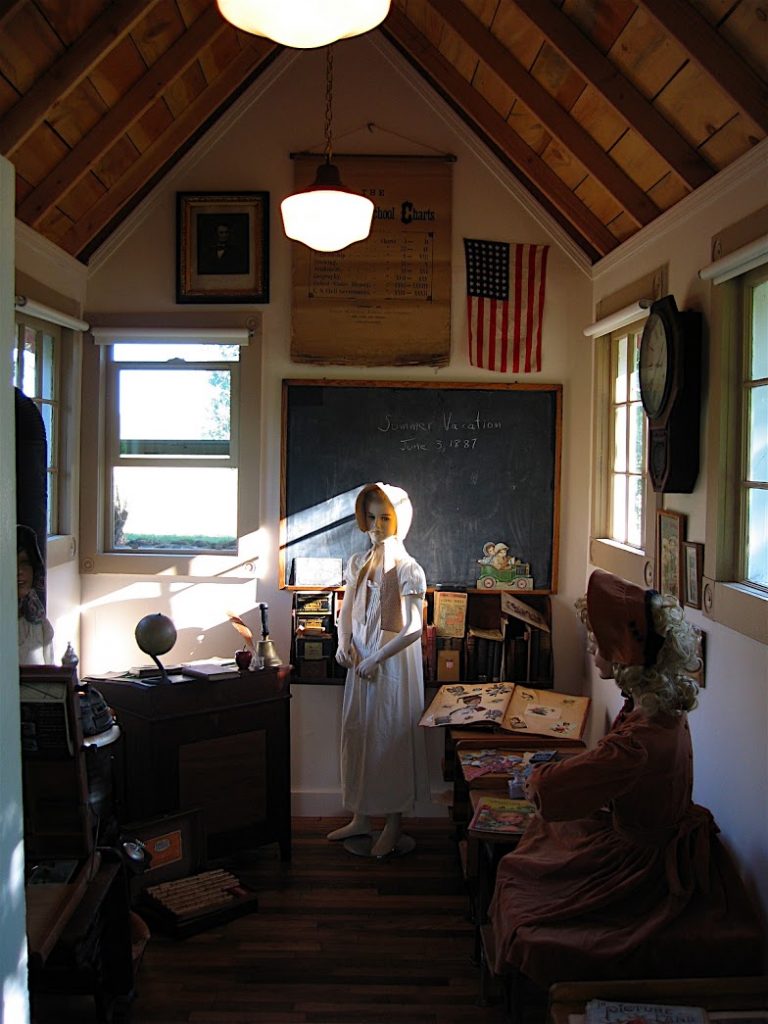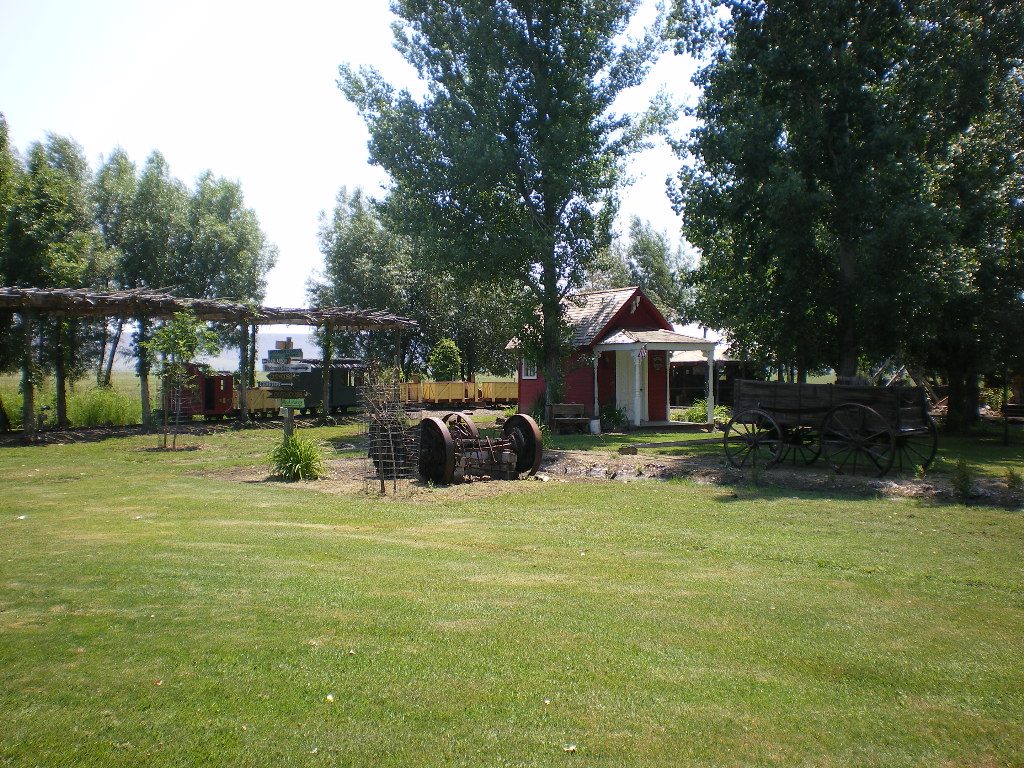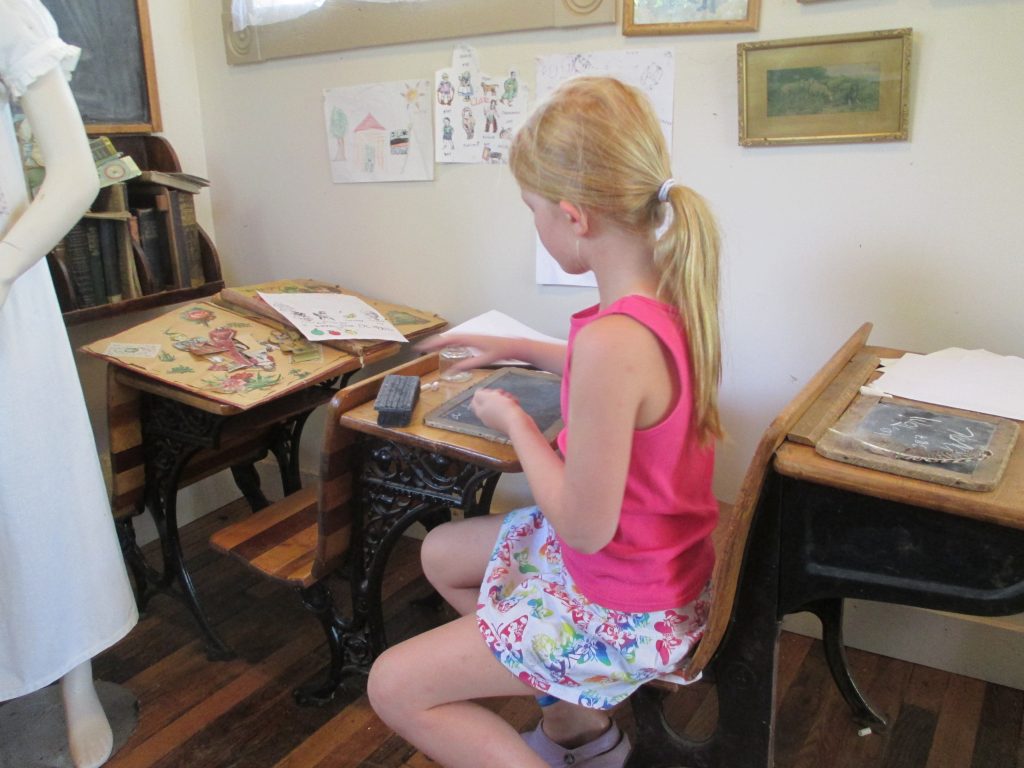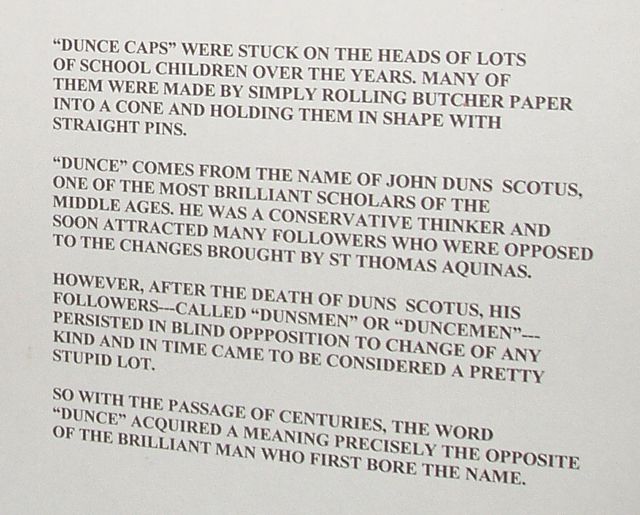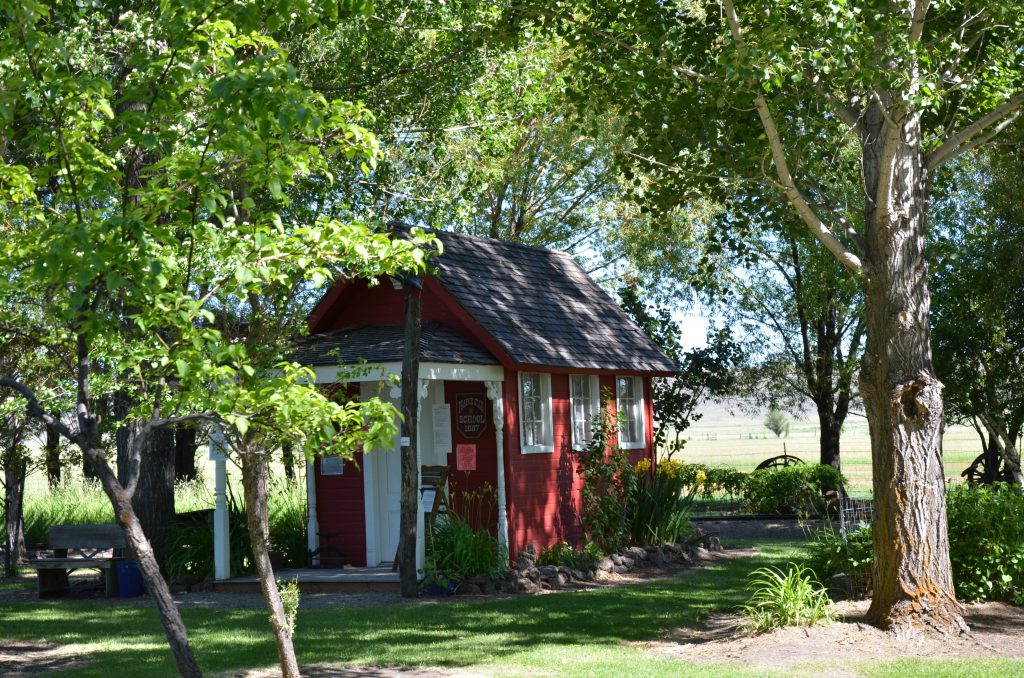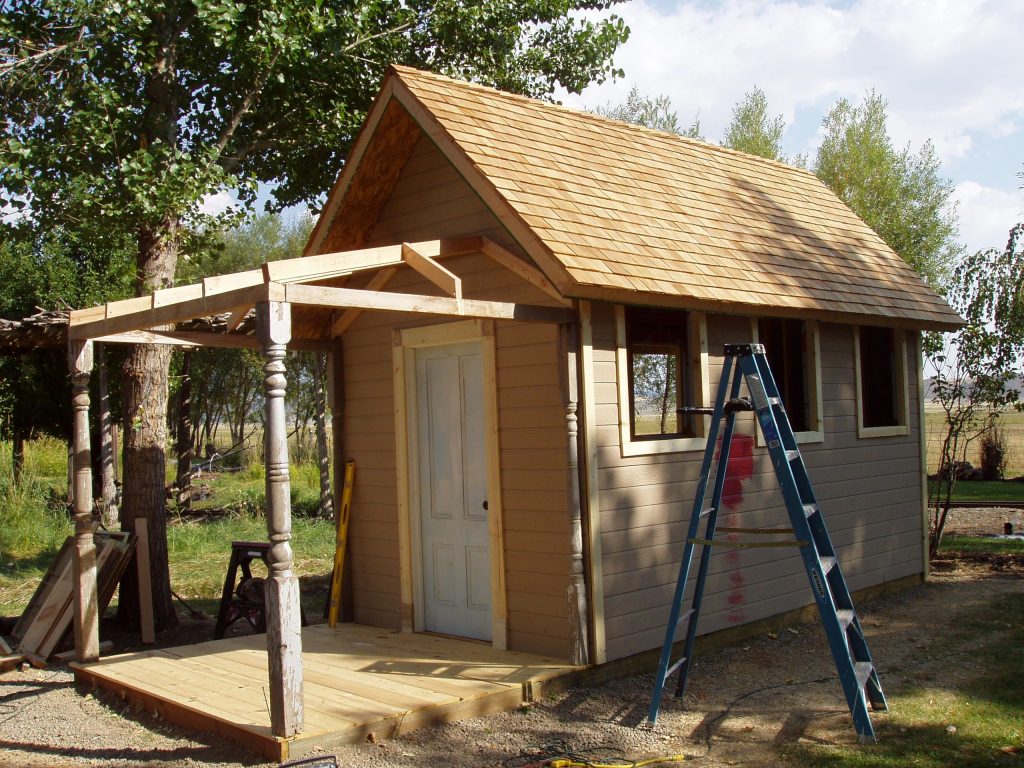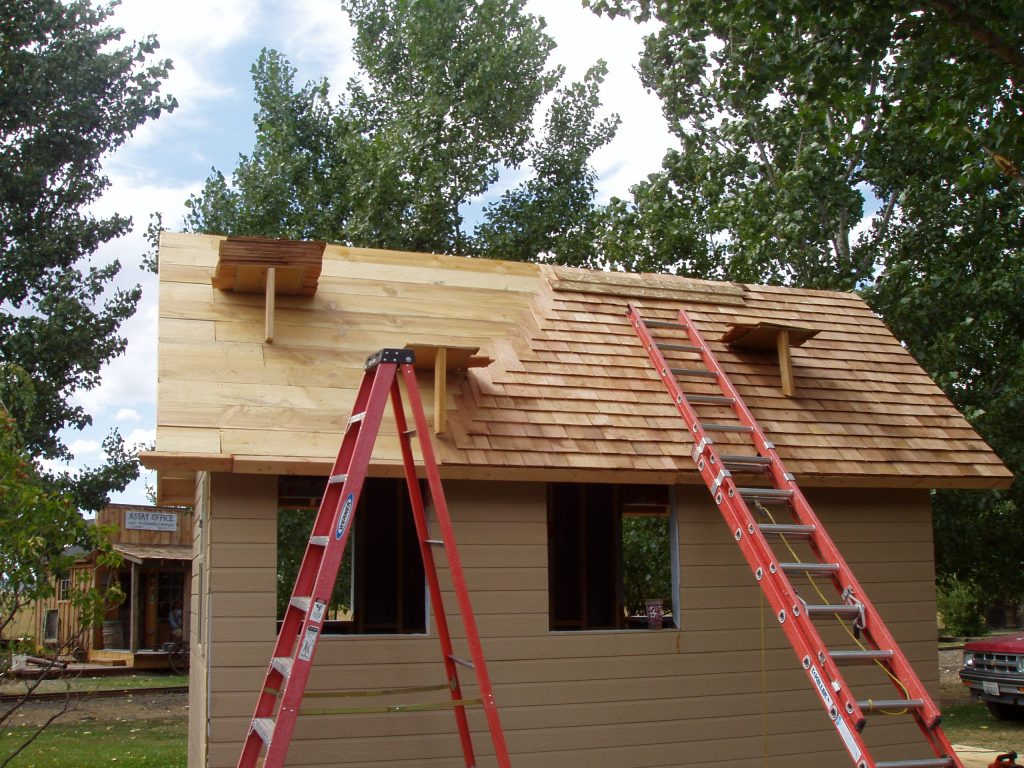Remember when grandparents and great-grandparents mentioned they only had an 8th grade education? Could you have passed the 8th grade in 1895?
Grammar (Time, one hour)
1. Give nine rules for the use of capital letters.
2. Name the parts of speech and define those that have no modifications.
3.. Define verse, stanza and paragraph
4. What are the principal parts of a verb? Give principal parts of ‘lie,”play,’ and ‘run..’
5.. Define case; illustrate each case.
6 What is punctuation? Give rules for principal marks of punctuation.
7 – 10. Write a composition of about 150 words and show therein that you understand the practical use of the rules of grammar.
Arithmetic (Time,1 hour 15 minutes)
1. Name and define the Fundamental Rules of Arithmetic.
2. A wagon box is 2 ft. Deep, 10 feet long, and 3 ft. Wide. How many bushels of wheat will it hold?
3. If a load of wheat weighs 3,942 lbs., what is it worth at 50cts/bushel, deducting 1,050 lbs. For tare?
4. District No 33 has a valuation of $35,000. What is the necessary levy to carry on a school seven months at $50 per month, and have $104 for incidentals?
5. Find the cost of 6,720 lbs.. Coal at $6.00 per ton.
6. Find the interest of $512.60 for 8 months and 18 days at 7 percent..
7. What is the cost of 40 boards 12 inches wide and 16 ft. Long at $20 per metre?
8. Find bank discount on $300 for 90 days (no grace) at 10 percent.
9. What is the cost of a square farm at $15 per acre, the distance of which is 640 rods?
10. Write a Bank Check, a Promissory Note, and a Receipt
U.S. History (Time, 45 minutes)
1. Give the epochs into which U.S. History is divided
2.. Give an account of the discovery of America by Columbus
3.. Relate the causes and results of the Revolutionary War.
4. Show the territorial growth of the United States
5. Tell what you can of the history of Kansas
6. Describe three of the most prominent battles of the Rebellion.
7. Who were the following: Morse, Whitney, Fulton , Bell , Lincoln , Penn, and Howe?
8. Name events connected with the following dates: 1607, 1620, 1800, 1849, 1865.
Orthography (Time, one hour) [Do you know what this is??]
1. What is meant by the following: alphabet, phonetic, orthography, etymology, syllabication
2. What are elementary sounds? How classified ?
3. What are the following, and give examples of each: trigraph, subvocals, diphthong, cognate letters, linguals
4. Give four substitutes for caret ‘u. ‘ (HUH?)
5. Give two rules for spelling words with final ‘e.’ Name two exceptions under each rule.
6. Give two uses of silent letters in spelling. Illustrate each.
7. Define the following prefixes and use in connection with a word: bi, dis-mis, pre, semi, post, non, inter, mono, sup.
8. Mark diacritically and divide into syllables the following, and name the sign that indicates the sound: card, ball, mercy, sir, odd, cell, rise, blood, fare, last.
9. Use the following correctly in sentences: cite, site, sight, fane, fain, feign, vane , vain, vein, raze, raise, rays…
10. Write 10 words frequently mispronounced and indicate pronunciation by use of diacritical marks and by syllabication.
Geography (Time, one hour)
1 What is climate? Upon what does climate depend?
2. How do you account for the extremes of climate in Kansas ?
3. Of what use are rivers? Of what use is the ocean?
4. Describe the mountains of North America
5. Name and describe the following: Monrovia , Odessa , Denver , Manitoba , Hecla , Yukon , St. Helena, Juan Fernandez, Aspinwall and Orinoco
6. Name and locate the principal trade centers of the U.S. Name all the republics of Europe and give the capital of each.
8. Why is the Atlantic Coast colder than the Pacific in the same latitude?
9. Describe the process by which the water of the ocean returns to the sources of rivers.
Describe the movements of the earth. Give the inclination of the earth.
Notice that the exam took FIVE HOURS to complete.
